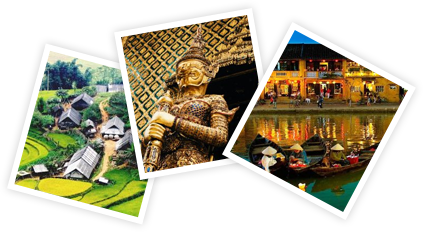Well known for its floating villages and gardens and the unique lifestyle of the local Intha people, with their living communities based entirely on the water, the picturesque Inle Lake Myanmar in western Shan State, is a remarkable place on your first Myanmar tours.
Life on Inle Lake Myanmar
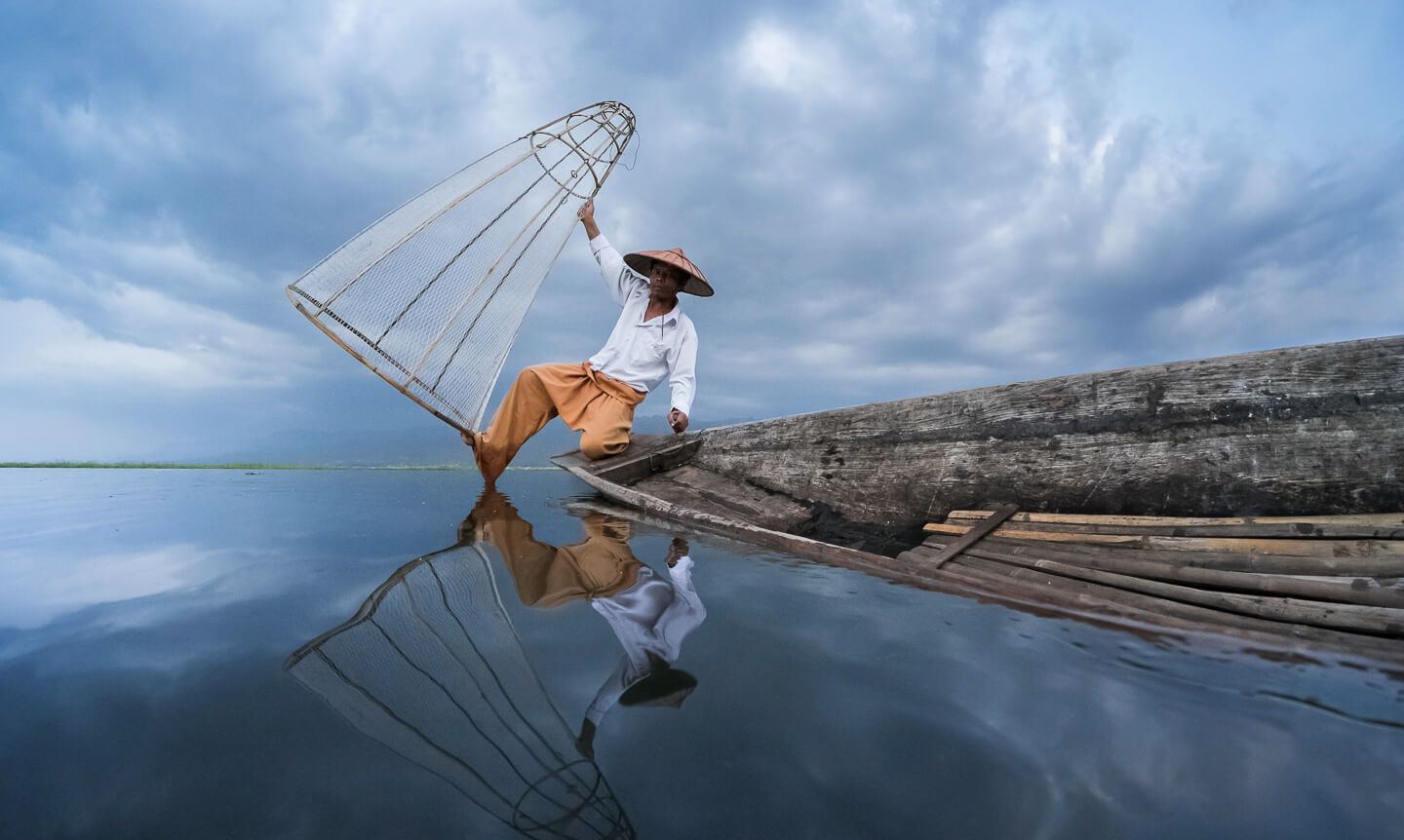
With no sidewalks or roads to speak of, locals and travelers alike get around in one-person-wide wooden boats outfitted with outboard propellers, which emit a noisy whine when at full throttle and can be lowered and raise based on the water levels, life on the shallow, 13.5-mile freshwater lake is utterly captivating. Rustic single- and two-storey wooden stilt houses’ villages straddle active waterways. On the lake are the fishermen working by using a mesmerizing one-legged paddling technique that cannot be seen anywhere else in the world. Based on an aquabiotic system in use since the 1960s, hydroponic tomato farming is also big here. It is simply sublime to cruise along channels hemmed in by floating gardens.
You can see more: Indochina tours
Over-the-water hotels and restaurants
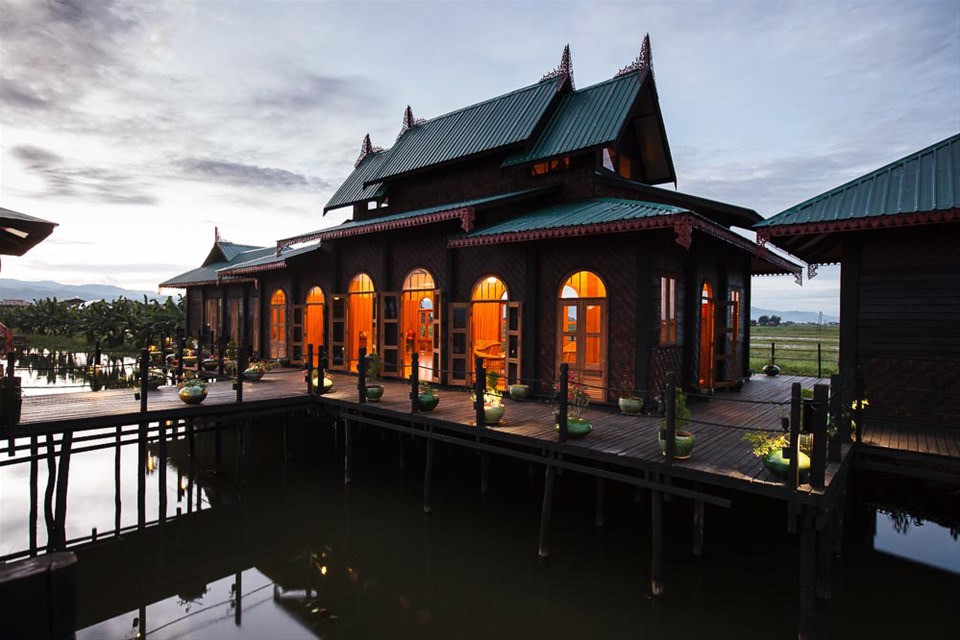
Not only being able to expect over-the-water bungalows in far-flung places like Tahiti, for a lot less per night, you can also see them on Inle Lake. As it is too shallow, from your porch, you just cannot dive into the water. Eating at their restaurants is a must even if you do not stay in one of these memorable hotels. Even though tea is grown all over the world, only the Burmese incorporate it into their exquisite cuisine—a spicy tea leaf salad (lahpet thoke) is best consumed on a lakefront terrace seeing longboats zoom by. Hospitality students from all over Shan state come to intern at Heritage House, a splendid colonial-looking house doing triple duty as a Burmese cat sanctuary, restaurant and hotel; you can even tour its organic garden and take cooking classes. Elsewhere on the lake, Golden Island Cottages whose thatched-roof terrace restaurant has gorgeous views of both sky and lake is run by an important local minority group known as Pa-O.
Stupas galore
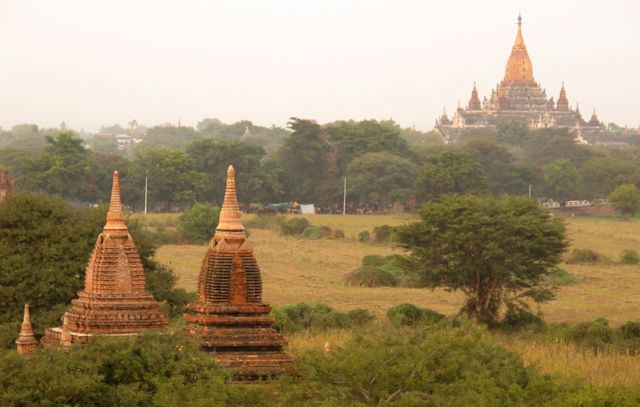
Bagan maybe well-known for being a place to see astounding stupas in Myanmar tour packages but it is not the only one. Behind an unassuming Inle Lake restaurant are the ruins of 1,000 centuries-old stone pagodas crammed together on an overgrown hillside. Recently exploited from the jungle, they present a stunning sight: Small, delicate, and closely knit, they are not only much more intimate than those at Bagan but also very easily discovered on foot. Regrettably, uncertain restoration efforts make this a must-see sight as soon as possible, should its character irrevocably change in the coming years.
Unusual monasteries
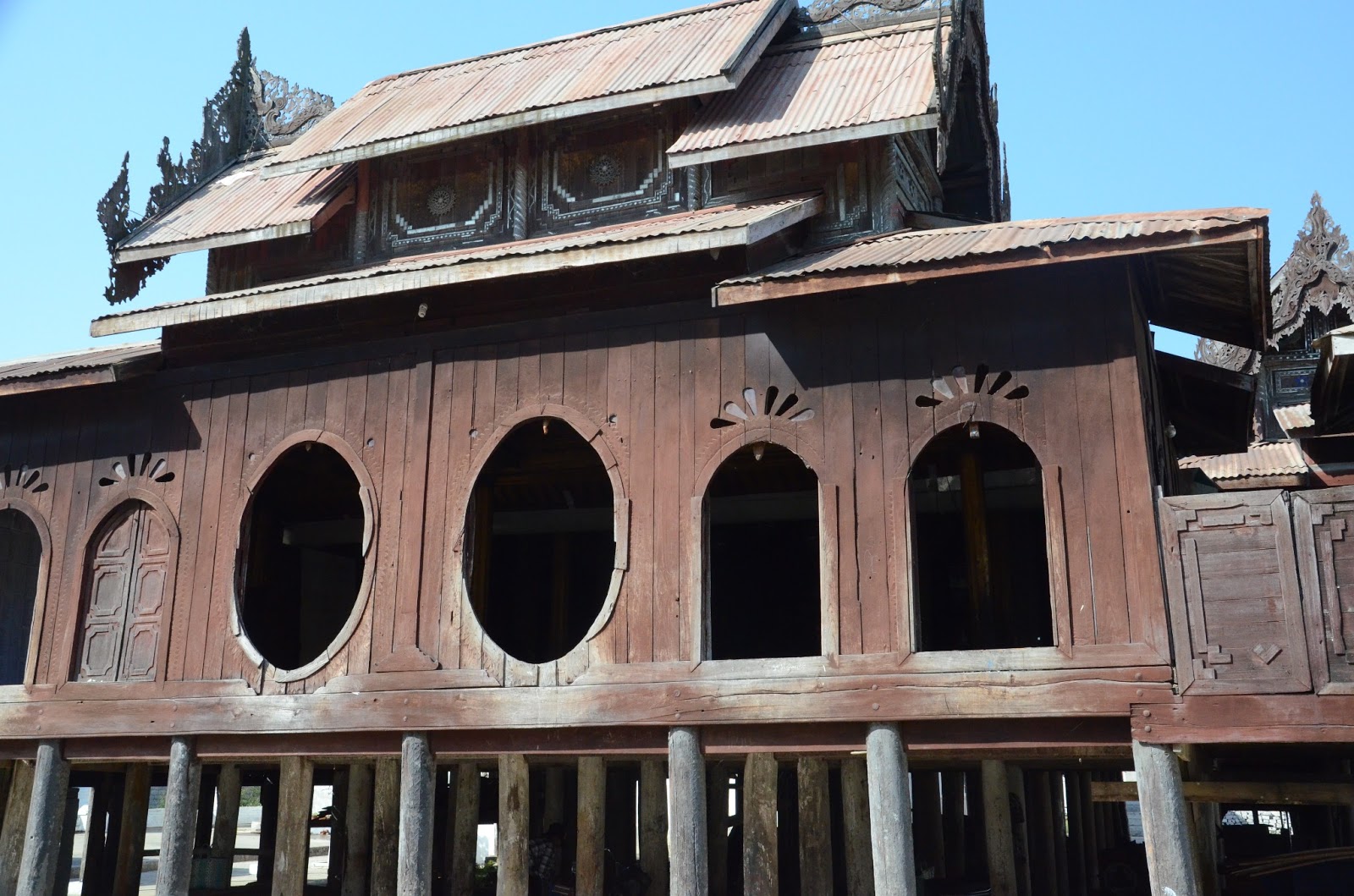
There are more than 200 monasteries spotting the lake, but all boats lead to the unusual Nga Hpe Kyaung, thanks to the dozens of resident cats trained by monks to “jump” through hoops, more commonly known as Jumping Cat monastery. In spite of not doing much jumping on command anymore, the cats still do stretch out on the floor, walk the rafters, and wander about at will—since cats are wont to do. The building itself is a gorgeous wooden stilt structure dating from the year of 1890. Besides Cats, the monastery is also home to an impressive collection of ornate Buddhas, brought by area residents for safekeeping during the World War II and never taken back.
Hand-woven textiles
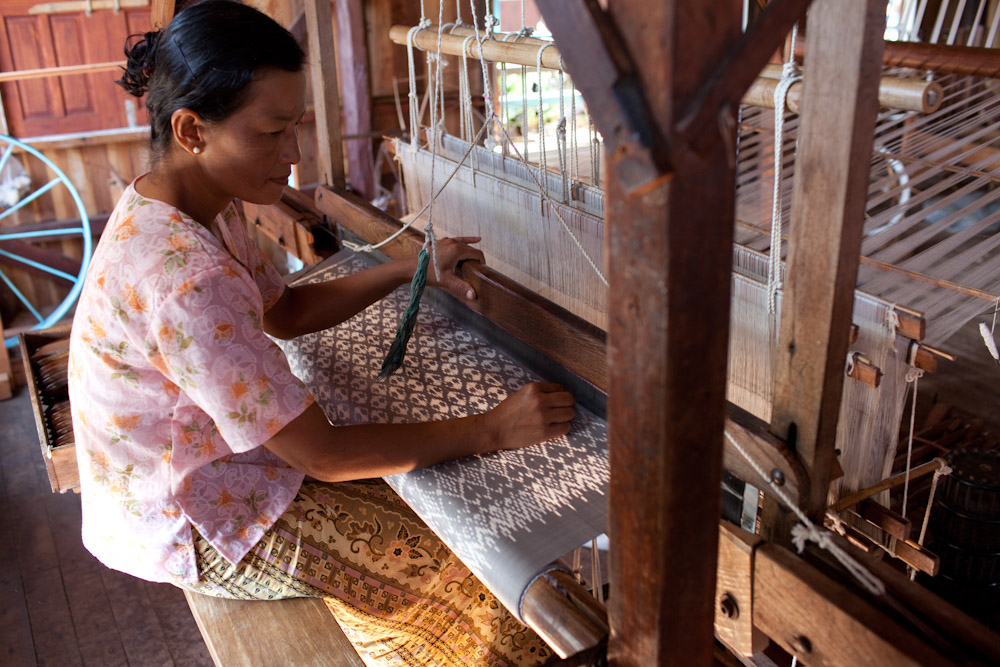
Inle Lake whose chief artisans are based in the village of Inn Paw Khon has been a major Myanmar weaving center for over a century. As coming in to dock, through open-air windows, you can hear the looms clacking away. With several tidy buildings housing twenty-plus looms apiece, it is such a big enterprise by Myanmar standards. From the dyes to the finished scarves and longhis (the Myanmar sarong), everything here is done by hand by women of all ages. While it is possible to find woven textiles throughout Southeast Asia, Myanmar is the only spot to make lotus fabric—and as its shallow waters create ideal growing conditions for the flowering plant, Inle Lake is ground zero for it. For an authentic, made-in-Myanmar souvenir, you can directly buy it from the source here.
See more:
IV Insider







